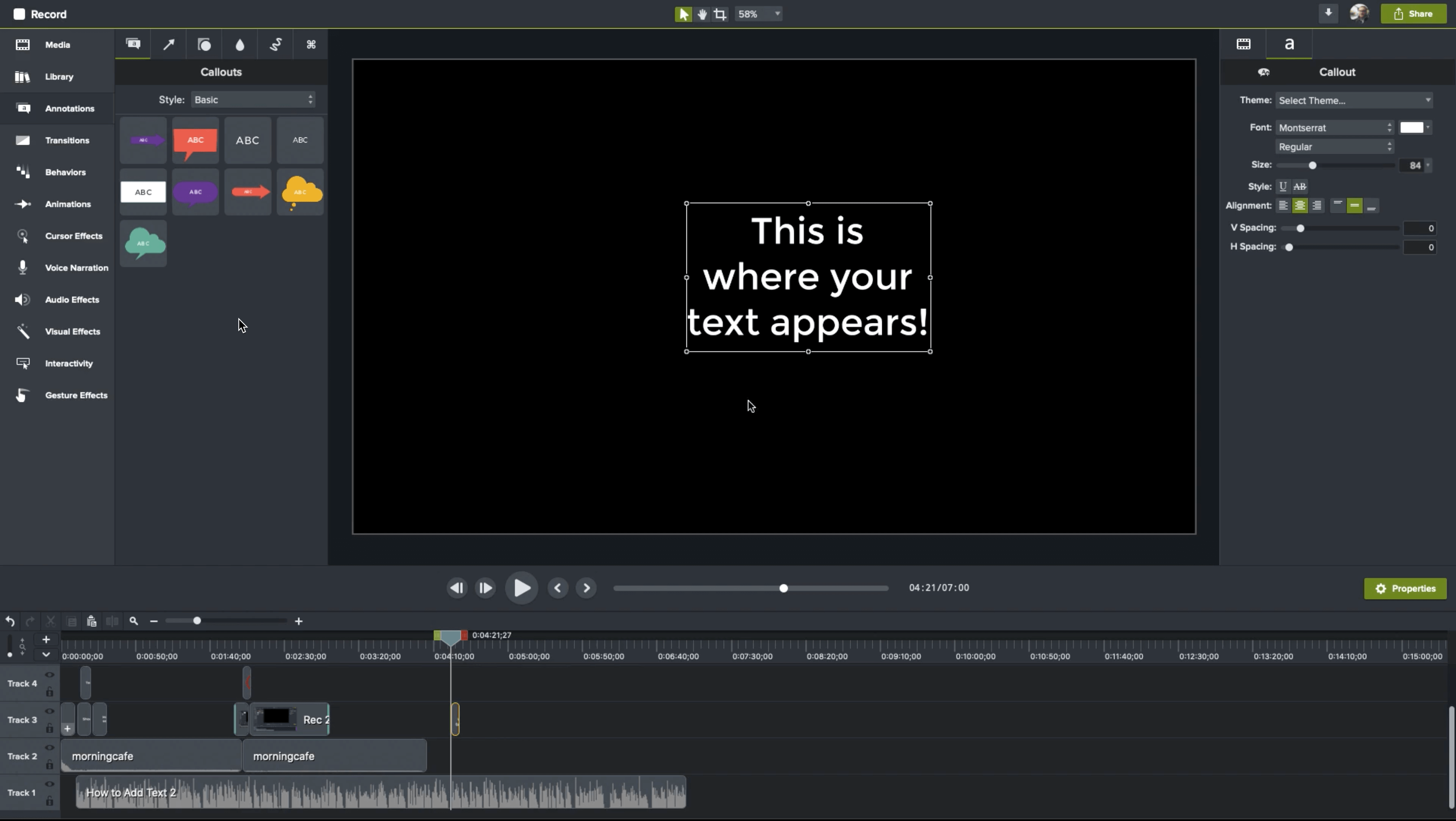In the digital age, content material creation and consumption have evolved, embracing the multimedia format with open arms. Text has extended been a primary signifies of communication and facts sharing, but the rise of text-to-video technologies has introduced a revolutionary way of transforming written content into engaging visual narratives. In this article, we explore the idea of text-to-video, its applications, and the effect it is having on the worlds of advertising and marketing, education, and content material creation.
animatediff -to-video technology, as the name suggests, involves the conversion of written text, such as articles, blog posts, or scripts, into video content material. This technology leverages artificial intelligence (AI) and organic language processing (NLP) algorithms to identify important info, create acceptable visuals, and even deliver voiceovers. The outcome is a dynamic video that conveys the message of the original text in a a lot more engaging and accessible manner.
1 of the most significant applications of text-to-video technologies is in the field of promoting. Organizations and content creators are frequently seeking revolutionary methods to capture the consideration of their target audience. Text-to-video offers a fresh strategy to content material advertising and marketing, as it transforms weblog posts, product descriptions, or social media updates into captivating videos. These videos can be shared on different platforms, increasing the visibility of the content material and producing it a lot more shareable, in the end boosting engagement and driving web-site targeted traffic.
Educational institutions have also recognized the potential of text-to-video technology in enhancing the studying experience. Text-heavy course materials can be converted into video lectures or animated explanations, generating complicated ideas additional accessible and digestible for students. Visual aids and storytelling enhance comprehension, top to superior retention and understanding of the subject matter. This technologies is especially useful in remote and on line understanding environments, exactly where engaging and interactive content material is essential.
The effect of text-to-video technologies is not limited to the worlds of marketing and education. It has also located application in news reporting and journalism. Text-to-video can be utilised to build video summaries of news articles or create reports with engaging visuals and voiceovers. This not only appeals to audiences with varying preferences for consuming news but also enables news agencies to produce content additional efficiently.
Content material creators on platforms like YouTube are also benefiting from text-to-video technologies. Video scripts can be transformed into engaging videos with minimal editing expected. This enables content material creators to make a lot more content in much less time, assisting them grow their channels and reach a broader audience.
Text-to-video technologies has the possible to make the internet a much more inclusive space. It addresses accessibility issues by converting text-primarily based content into a format that is a lot more accommodating to individuals with visual or auditory impairments. For instance, online articles or blog posts can be automatically converted into video content material with descriptive audio, guaranteeing that a wider audience can access and engage with the material.
Having said that, like any technology, text-to-video is not without having its challenges. Although it has produced substantial strides in understanding context and generating visuals, there can be limitations in terms of accuracy and creativity. The generated videos may perhaps lack the nuanced creativity and storytelling finesse that human creators can provide. On top of that, the technology might not often interpret the text correctly, leading to inaccuracies in the video content material.
In conclusion, text-to-video technologies is a transformative force in the realms of marketing, education, content creation, and more. It bridges the gap involving written content material and engaging multimedia, making details extra accessible, shareable, and visually attractive. As technology continues to evolve and refine the text-to-video process, it is poised to grow to be an integral tool for companies, educators, content creators, and any individual looking for to communicate efficiently in the digital age. The power of visual storytelling, harnessed by means of text-to-video technology, is undoubtedly changing the way we interact with and consume content material.
